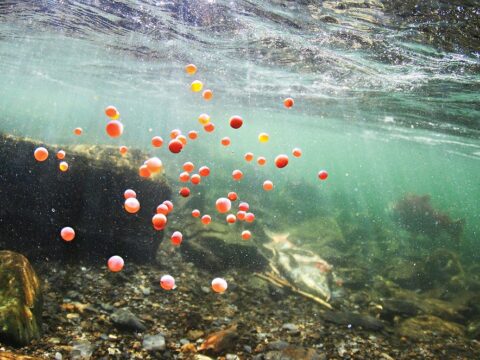
1In 1 playlists
native aquatic plants are important food source for many animals (ducks, geese, etc). They are used as nests and den-building materials for many birds and mammals. Young fish and amphibians use native aquatic plants as protection. Native aquatic plants provide livable habitat for aquatic insects, snails, and crustaceans.

1In 1 playlists

1In 1 playlists
By OB22
The second year was the year of planting all of the native plants we see today. Said plants contribute to the ecosystem in many positive ways.

By OB26
This film depicts Bowker Creek with a medium level of pollution in the water

By OB26
In Conclusion, as we have seen in many examples of successful stream restorations, more needs to be done to significantly change the ecosystem than just improving the water quality. With improvements in water quality and other aspects we could bring back coho and chum salmon as well as cutthroat salmon back to Bowker creek.

By OB26
It will take a few years, but it is completely possible to bring back species to the creek. Once there has been a complete clean-up of all water deposits in the creek, there can be further work for species. A controlled spot for spawning salmon would be a great challenge to be able to see salmon run through the creek again.

By OB26
Besides water quality there is many other factors that influence the ecosystem in bowker creek. In bowker creek some factors that affect the ecosystem are how much of the creek moves through pipes, the faster flow rates at parts of the creek, and pollution density in parts of the creek.

By OB26
With an improvement to water quality in Bowker creek many animals which used to live in Bowker Creek like coho salmon could come back to the creek. As well as cutthroat trout and chum salmon. In addition, more birds would continue to revisit the creek and it would then become a more diverse region of marine life
